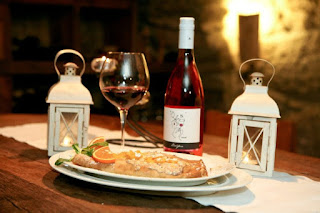Chapter 9 Labor Cost Control

Job descriptions 1. A heading that states the job title and the department in which the job is located. 2. A summary of the duties of the job, typically written in paragraph 3. A list of specific duties assigned to the job. - Step by step instruction for doing the specific work Personnel recruitment and personnel selection 1. Review recruitment practice 2. Ensure candidates go through both their current skills and future potential. 3. Give candidates chance to tell you what they know about your organization. 4. Have a well thought out job descriptions Employee orientation and employee training 1. Introduction to the company 2. Review of important policies and practices 3. Review of benefits and services 4. Benefit plan enrollment 5. Completion of employment documents 6. Review of employer expectations 7. Setting of employee expec...

